Plitvice Lakes Facts
- The term of Plitvice Lakes serves as the most frequently employed term for this astounding natural marvel. Evidence indicates that early humans knew of its existence for thousands of years. Illyrians were the first known organized group to live nearby.
- Most notably, the breathtaking cascade represents a spectacular close grouping of more than a dozen marvelous lakes. Despite the impressiveness of the site, however, size does not play a factor. That’s due to the fact that the natural lakes remain small in size.
- Collectively, these incredible bodies of water additionally form part of the appropriately-named Plitvice Lakes National Park. The Park itself further holds its own incredible wonders. That’s because it constitutes a site teeming with stunning beauty.
- It also formed in a particularly beautiful, if somewhat remote, section of the world. More precisely, it formed in an isolated section of Europe. There, the stunning Plitvice Lakes understandably serves as one of the most popular tourist draws in its region.
- Not surprisingly comes the great honor bestowed upon the site. The natural beauty of this region prompted UNESCO to name the wonder of Nature a World Heritage Site. This thankfully provides the location with a certain measure of protection.
Related Articles

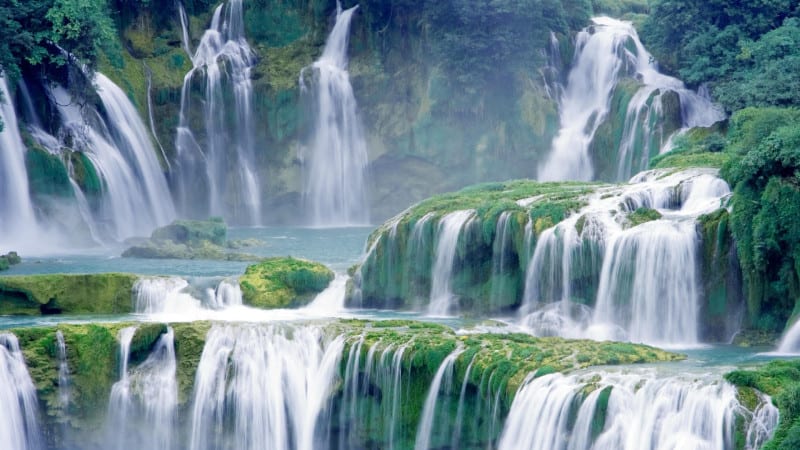
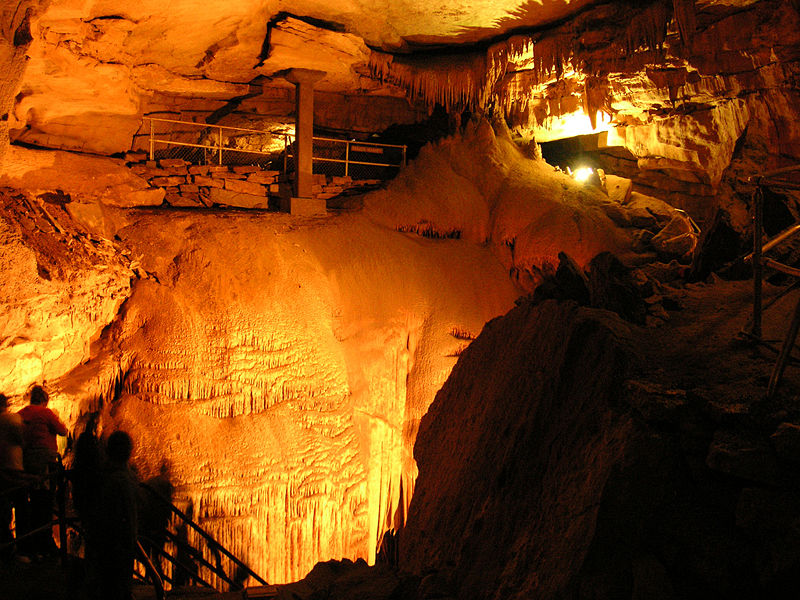
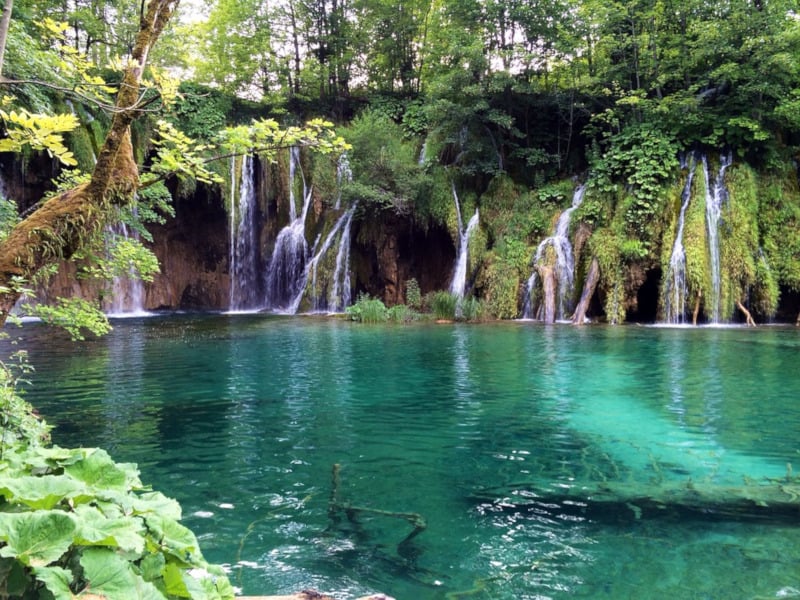
Plitvice Lakes Physical Description
Clearly, the magnificent Plitvice Lakes easily earns its name. That holds true because this location dazzles us with a grand total of 16 small but gorgeous lakes. These, along with the many gorgeous waterfalls also present in the marvelous location, amaze us with great beauty.
The numerous lakes present also descend in a beautiful cascade from 2,087 ft (636 m) to 1,650 ft (503 m). This occurs over a distance of roughly 5 miles (8 km). On the other hand, these features range in average depth from as little as 3.3 ft (1 m) to as much as 154 ft (47 m).
These marvelous formations also remain renowned for their distinctive colors. The magnificent patterns of Plitvice Lakes comes in a wide variety of hues. In point of fact, the almost kaleidoscopic colors found here range from azure to green, grey, and also blue.
This startling range occurs as the result of varying concentrations of minerals and microorganisms in the water, and changes continuously. To the amazement of many, this site holds yet another surprise for those fortunate enough to view it for the first time.
That holds true due to the fact that this mind-boggling splendor actually developed contained in a surprisingly tiny region. That’s because, collectively, this magnificent grouping of small lakes only covers an area measuring about 0.77 sq miles (2 sq km).
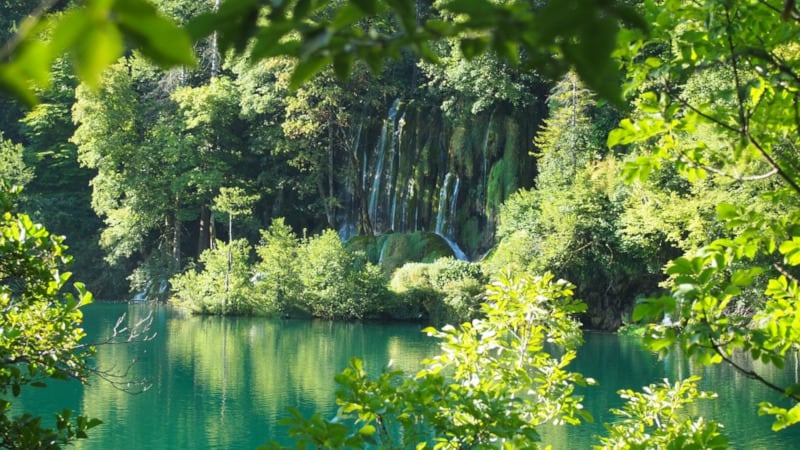
Plitvice Lakes Location and Nature
Fortunately for its preservation, the mesmerizing natural beauty known as the gorgeous Plitvice Lakes formed in a comparatively remote region of the globe. That often difficult to reach area consists of the isolated portion of the continent of Europe now known as Croatia.
These truly awe-inspiring small bodies of water actually formed as the result of a highly unique combination of factors. These consist of the meeting of several small ordinary rivers and subterranean karst rivers. That’s a rare combination, indeed.
Incredibly however, all of these sincerely special sources of its flow remain tightly interconnected. That’s due to the fact that they follow the water flow as it wends its way through the numerous naturally formed passages. This lends an almost magical ambience.
Most of these passages additionally formed as separated by naturally occurring dams. These developed formed of the mineral known as travertine. This mineral deposited over time through the action of algae, bacteria, and moss over great spans of time.
This depositing action results in yet another remarkable fact. That’s because this continually adds additional layers to the natural dams of Plitvice Lakes. In fact, this ongoing activity produces growth at the comparatively rapid rate of about 0.4 in (1 cm) per year.
Features Sharing Its Region
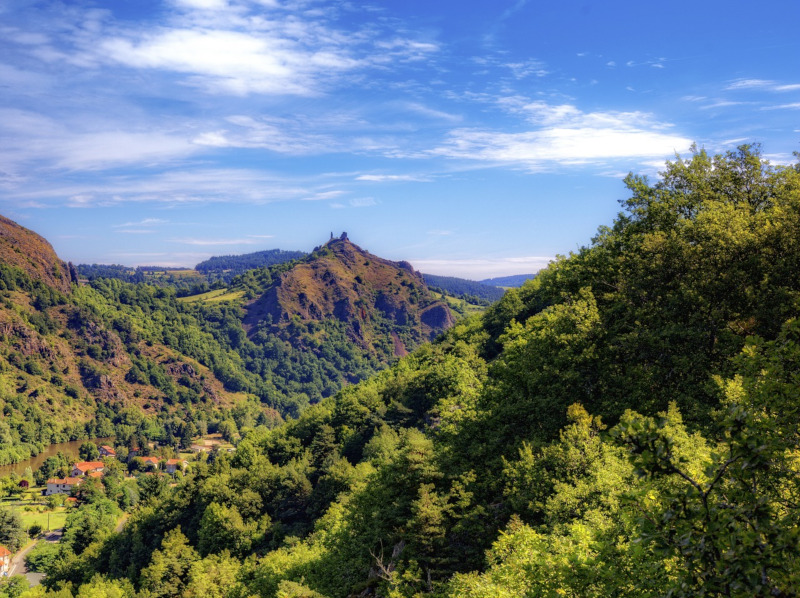
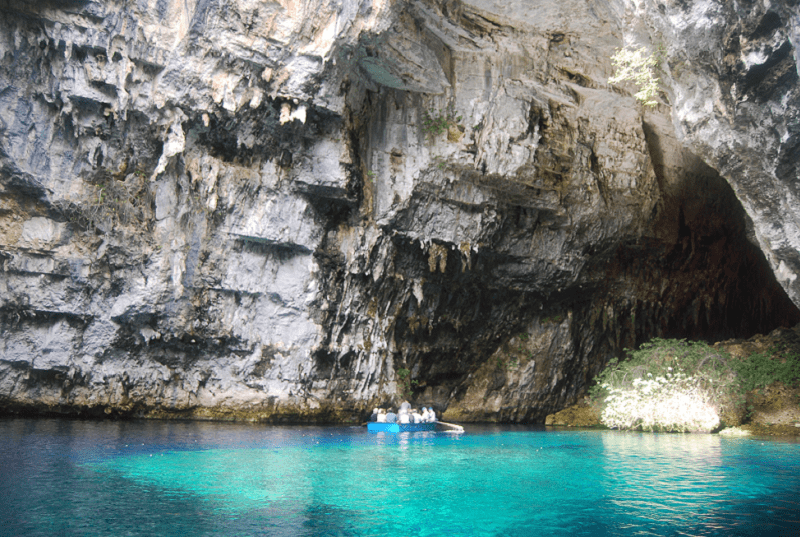
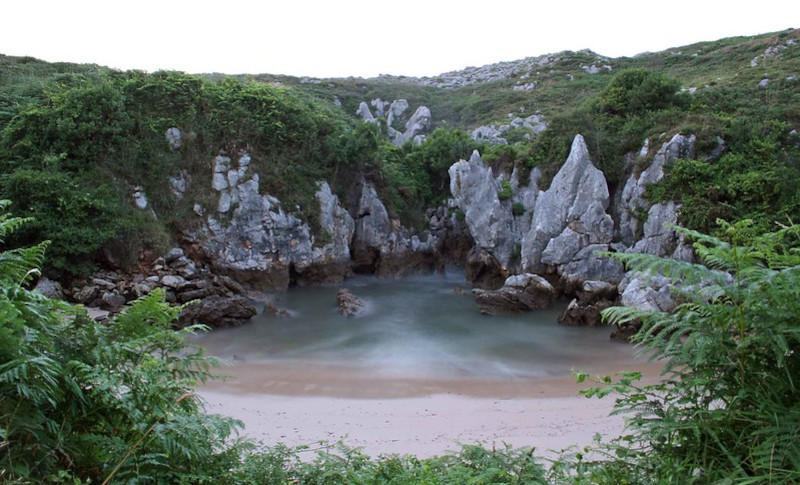
Check out our other articles on 6 Mysterious Natural Phenomena, Southern Magnolia, Komodo Dragon, Ometepe Island, Akhal Teke, Vietnamese Mossy Frog, Giant Forest Ant, Weka
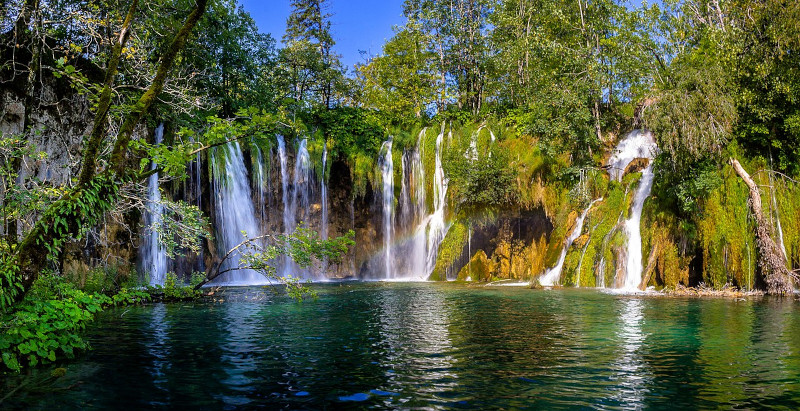









Leave a Reply